| Your browser is not supported. | ||
|
Please browse our site using any of the following options:
| ||
Complete Guide On Staying Warm When Winter Camping
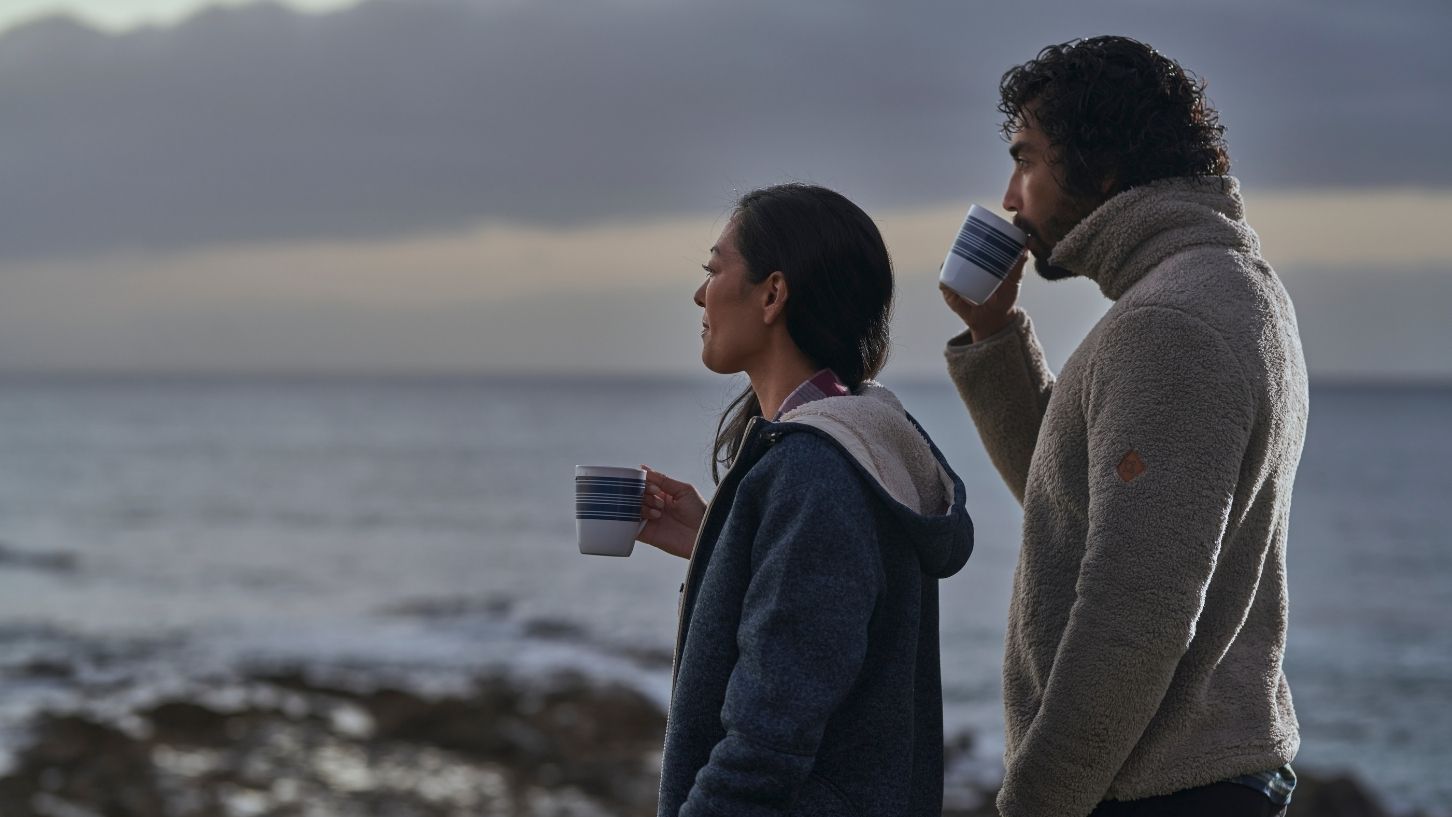
When it comes to winter camping in Australia, switching out your summer kit for the cold is really simple if you're a seasoned summer and spring camper. However, if you are new to camping in the snow or cold weather and aren't too sure where to start, we've created a complete guide on how to stay warm when winter camping.
From picking the right sleeping bag and how to keep a tent warm to having the best winter clothing, there's an array of options that are designed to weather almost any storm.
Quick Links:
- Choosing The Right Camping Tent
- Ways To Heat Your Tent
- Choosing The Right Winter Clothes For Camping
- Tips On Staying Warm When Winter Camping
Choosing The Right Camping Tent
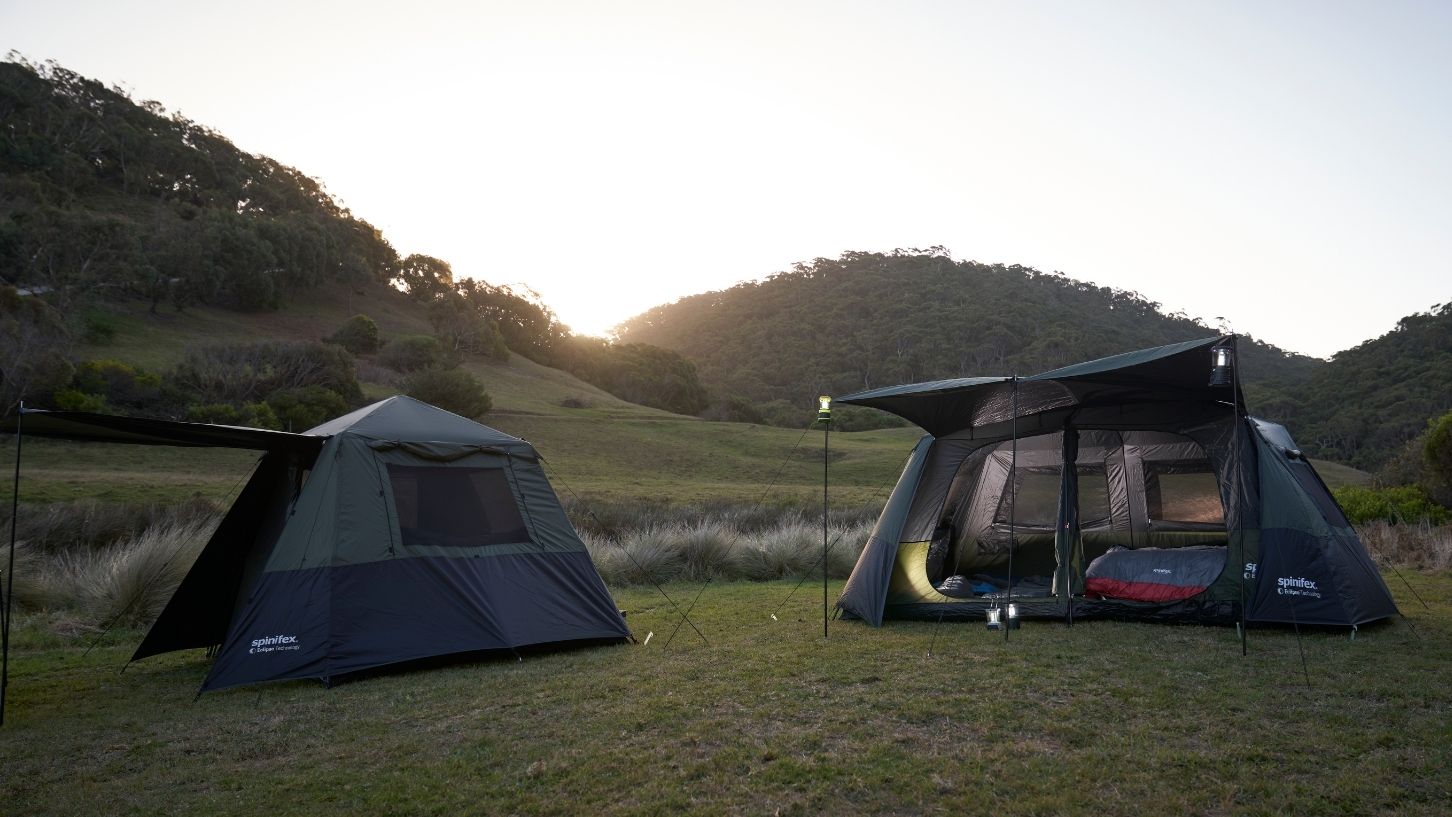
When camping in the snow in Australia, how well your tent handles the weather also plays a crucial role in making or breaking your winter camping experience. In the colder months, your tent needs to withstand not only the cold but also extreme weather conditions like heavy rain, snow, sleet and wind.
When looking at buying a tent that's capable of handling anything, pay particular attention to the tent's rating. In the vast majority of cases, you should be looking for a 4 Season-rated tent that's capable of withstanding heavy rain, heavy snow and strong winds.
The extremes of camping in winter in Australia means you should also consider the ease of a tent's set-up and tear-down. Larger tents need more hands, and with fewer daylight hours available in winter, a quick set-up after a day's driving might be the order of the day. This is why Instant-Up Tents are so popular with winter camping enthusiasts.
What kind of tent is ideal for snow camping?
Unless you are camping with a large group, you'll want a smaller tent when camping in the snow. This is because of thermal insulation, which is the reduction of heat that is transferred between objects that are in thermal contact range and have different temperatures. Basically, a larger tent means more space that has to be heated, whereas a smaller space can be heated and insulated much more easily.
Another important factor is making sure there is adequate ventilation. This is because when exhaling inside of a tent, we release moisture and heat into the enclosed space due to the air from our lungs being body temperature. This warm air and moisture from our lungs and mouth then interact with the tent wall which is colder, causing it to condense and freeze. This then creates a build-up of condensation on the walls of the tent if the air has nowhere to go. As sleeping inside of a wet tent is not ideal when camping in the snow, make sure that your tent has enough ventilation.
What tent materials are best for winter camping?
As well as the weather-rated performance, the material that your tent is made from is another important consideration for how to keep warm when winter camping. Tents made from nylon and polyester provide adequate waterproofing in most cases, making them ideal for backpackers and people who are looking to minimise the weight of their packs. Polyester is thicker than nylon, which means it is longer-lasting.
Canvas tents need to be seasoned to withstand wet weather but are cool in summer, warm in winter and made of natural fibres and are ideal for year-round use. Polycotton tents are lighter and stronger than cotton, and usually have a good waterproof rating, which makes them a popular choice for winter camping enthusiasts.
Ways To Heat Your Tent
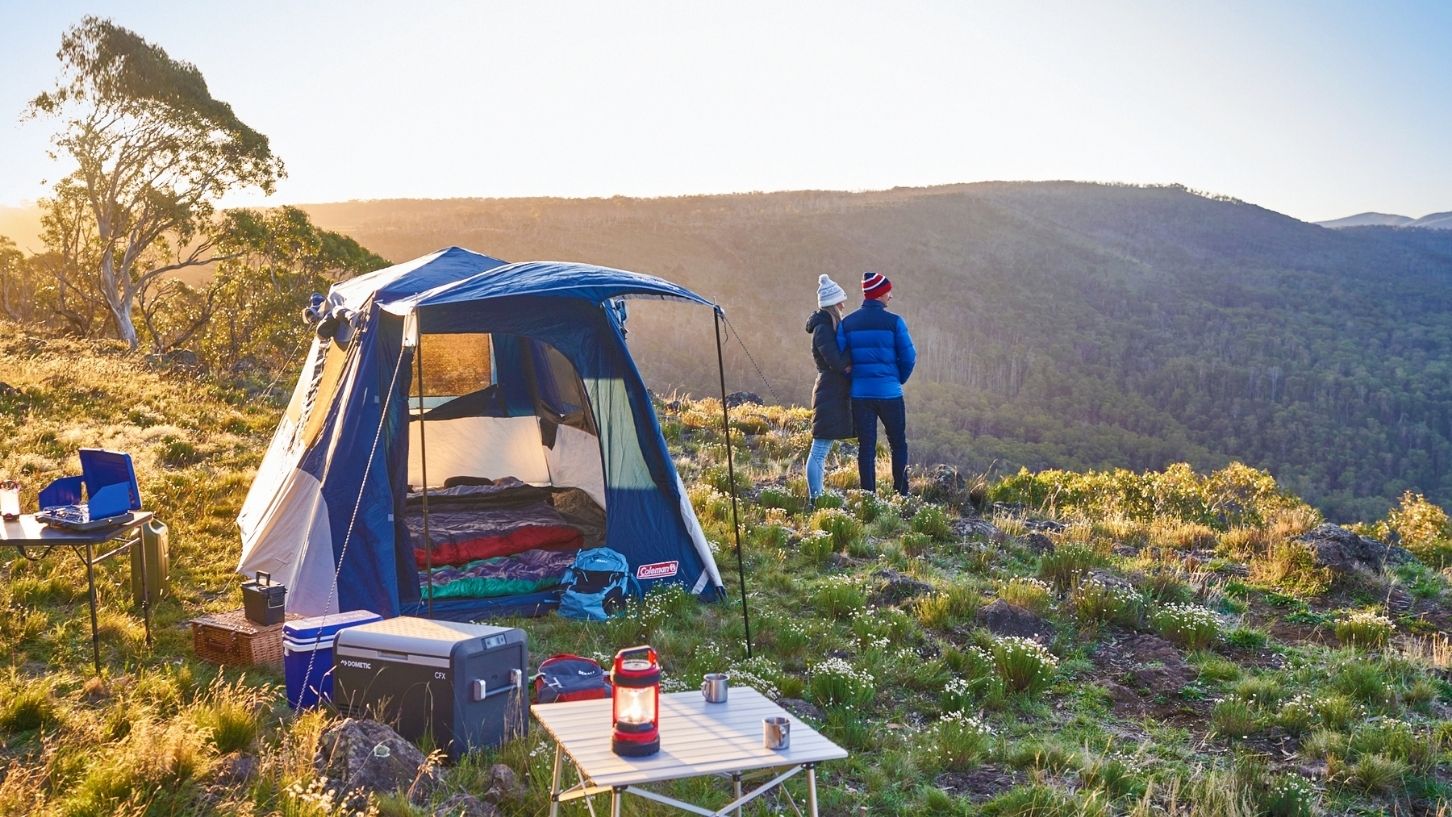
When it comes to snow camping in Australia, there are a few simple ways on how to keep a tent warm and ensure it's heated for when it's time to go to bed.
Using hot bottles
The first way is rather simple, and you're most likely used to grabbing a hot water bottle out from the cupboard during the winter months at home. All you need is a campfire kettle, fire and water. If you don't want to use your water supply, you can always use the surrounding snow instead (if there is no water source close by).
Just make sure that when adding snow into your kettle, you are adding in a little bit and waiting until it has melted before adding in more snow. If you add it in all at once, the compacted snow will hollow out and you'll end up burning your kettle.
Portable electric heaters
Portable electric heaters are another great option for heating up your tent. They are great for creating heat without needing to burn fuel such as gas. But if you're not camping in a powered campsite, then opt for a battery-powered electric heater and make sure you bring along the right type of batteries.
It is also crucial to highlight that if you're using a portable heater inside of your tent, do not use a portable gas heater (unless outside) and only make sure it's electric. This is because they produce carbon monoxide - something you do not want to be breathing in an enclosed space.
Heating rocks
Much like having a hot water bottle, heating rocks are a great way to warm your tent without needing electricity or batteries. This is because stone has a good amount of thermal mass, which is basically its capacity to absorb and retain heat energy before slowly dissipating the stored heat over time.
Simply search for some rocks near your campsite and then place a few near the fire - but remember to not put them directly into the fire. About 30 minutes before you decide to go to sleep, grab some material like cloth and carefully wrap up the stones. For best results on how to keep your tent warm, spread them around the tent so they aren't all in one place. This should give you enough heat for around three to four hours.
Choosing The Right Winter Clothes For Camping
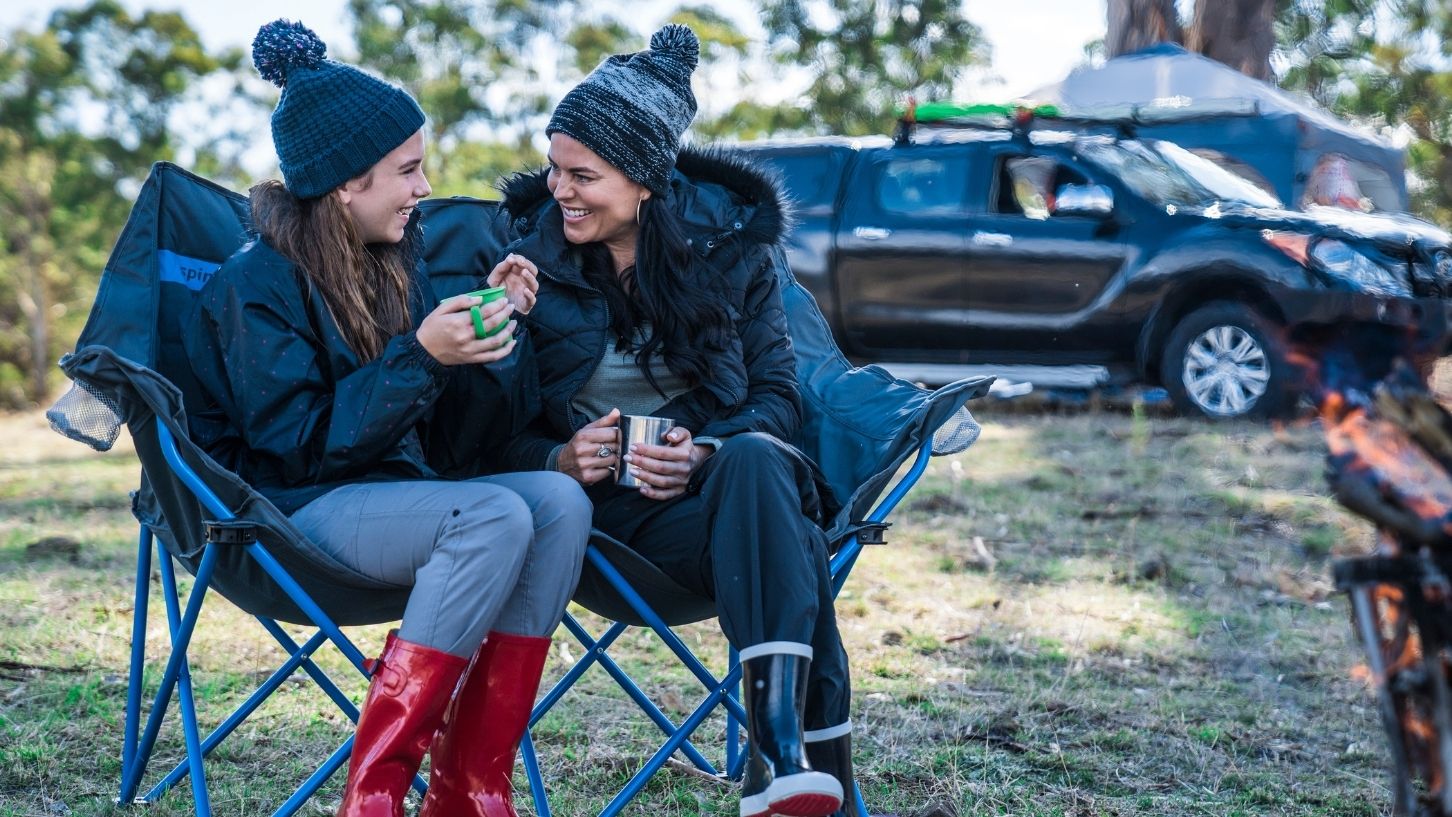
Wearing the right clothes for camping in winter is vital. The best way to dress for winter camping comprises three distinct layers to help you stay warm, dry and comfortable: base, middle and outer layers.
A base layer
Good base layer clothing in the form of thermals keep you dry and warm by drawing sweat away from your skin. Apart from being a great way of how to keep warm camping, good thermals also prevent chafing and blisters. In terms of fit, thermals should sit close to your skin so they can repel moisture and trap heat in the way they're intended. The type of material your thermals are made from can affect your comfort levels.
Polypropylene works similar to synthetics but is harder-wearing, easier to wash and quicker to dry. Natural materials like merino wool will keep you extra warm and wick away more moisture than synthetics, but they do take longer to dry.
A middle layer
Good middle layer clothing acts as insulation, trapping any heat that may have escaped your thermal layer. The middle layer includes beanies, pullovers, fleeces, vests and tights. Good mid-layer clothing also offers excellent warmth for weight, so look for gear made from lightweight fleece, merino or down.
An outer layer
Outer layer clothing refers to jackets and gloves - the gear that keeps the wind, rain and snow out. To get the best bang for your buck, look for clothing that has high waterproofing and breathability ratings, so your sweat can get out but water can't get in.
For the ultimate outer layer when camping in cold weather, a high-quality puffer jacket is the best choice. It will keep you warm and insulated when camping in the snow yet is also versatile enough to also be worn when it's a bit chilly, making a puffer jacket one of the best clothing pieces when camping in winter in Australia.
Tips On Staying Warm When Winter Camping
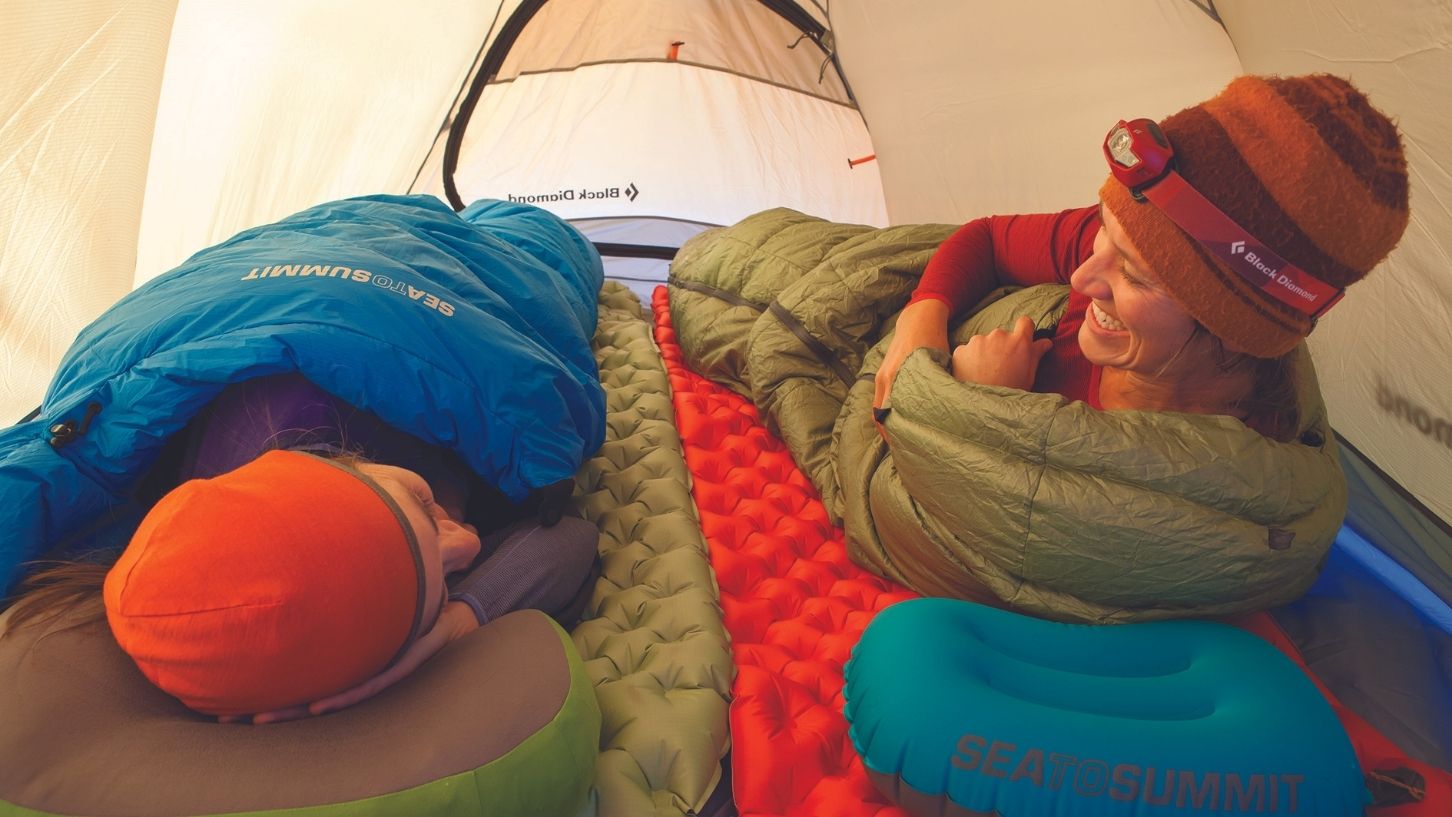
Change out of sweaty clothes ASAP
Once you have reached a good spot to pitch a tent and set up camp, it's crucial to change out of any sweaty layers of clothing you have on such as your socks. It might not be the most appealing thing when it's freezing, but wearing dry clothes will quickly revive your warmth. Once you have changed into dry clothing, top it off with a puffer jacket to lock in the heat and ensure you stay snug and warm.
Ensure your sleeping bag has the right rating
Whether you're sleeping under the stars in a tent or inside a tent, having the right sleeping bag is absolutely crucial when winter camping. You'll be well-served to take time out and ensure that your sleeping bag has the right comfort rating for the colder conditions.
When it comes to buying a winter-worthy sleeping bag or to help you decide if your existing bag is up to the job, look at the comfort rating for both comfort and survival. The comfort rating tells you the lowest temperature it can handle for an enjoyable sleep. Below this level, you're likely to be kept awake because you're not warm enough.
The limit rating of a sleeping bag relates to survival for up to six hours in hazardous conditions that can result in health problems, like frostbite and exposure, as opposed to the level of warmth needed to get a good night's sleep. Can't invest in a new sleeping bag? You can upgrade your 1 or 2 season bag with a liner to increase the comfort level.
Use heat packs
Another great way to stay warm is to use heat packs or a pack of hand warmers. You can pop some heat packs in your pocket when hiking or trying to stay warm at the campsite, place a pack of hand warmers in your gloves or mitts to keep your fingers warm, or slide a few heat packs into your sleeping bag to stay toasty during the night.
Ensure you can start a fire
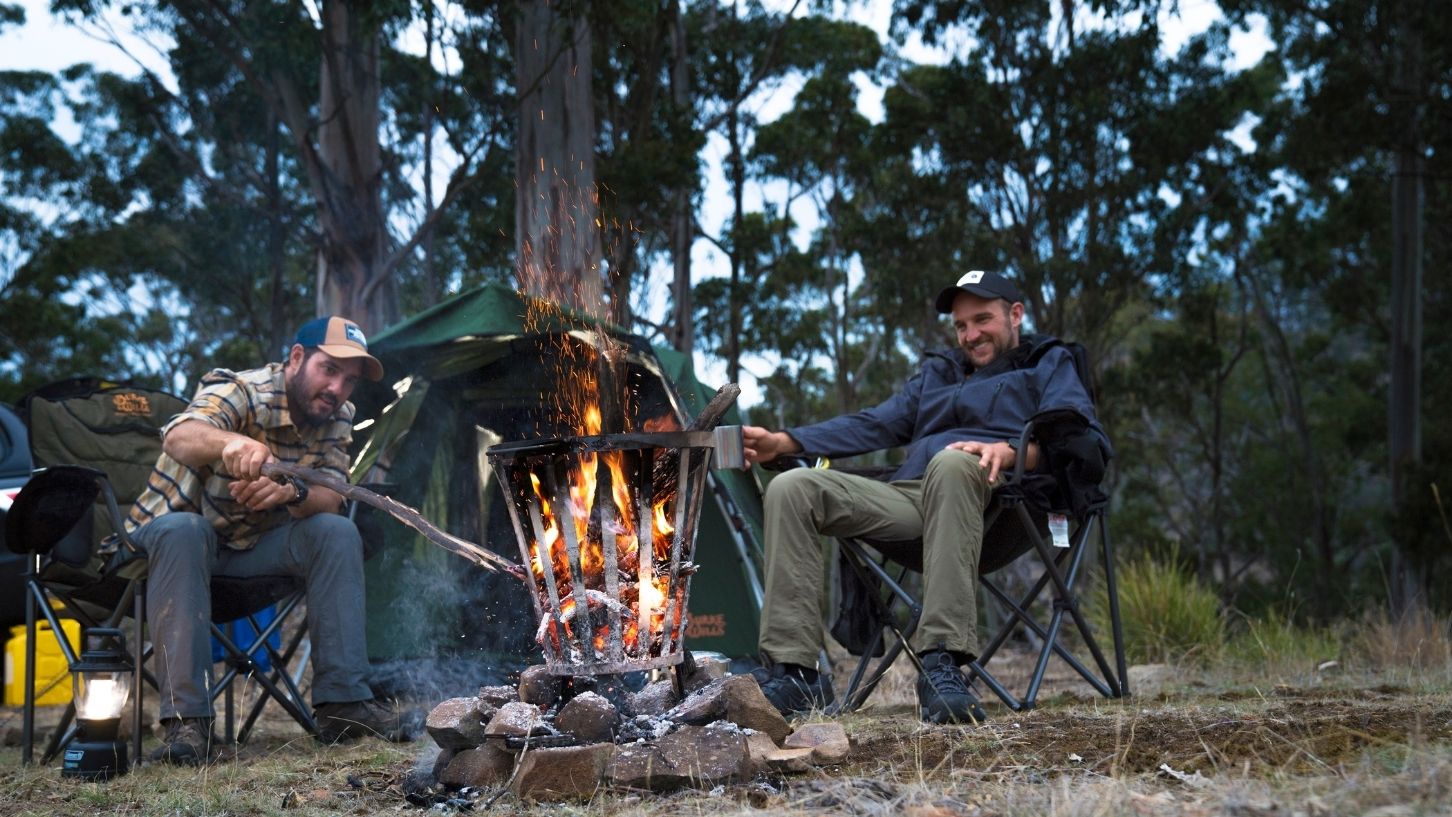
When it comes to winter camping, being able to start a fire is mandatory for ensuring that you can stay warm and dry. However, camping in the snow often means that it's not all that easy to find dry firewood and kindling out in the wild. This is why you should always bring along some fire starters to ensure you can start a fire when needed. Apart from fire starters, also make sure you bring along enough wood for fueling the fire, as well as some paper and lighters.
Warm your sleeping bag before sleeping
Jumping into a cold sleeping bag when winter camping isn't the most comfortable thing, especially when it's time to go to bed after a long day of trekking. It will also take a long time before your body temperature can heat up the sleeping bag. A simple way to avoid this is to heat up your sleeping bag before using it.
If you don't have any heat packs on you, another great way to pre-warm your sleeping bag is to pop a hot water bottle into it. Failing that, make sure you bring with you a quality camping doona or a warm blanket to go over the sleeping bag as an extra layer of insulation. Another good tip for warming up your sleeping bag is to eat a hot meal just before you go to sleep.
Build a snow wall
Apart from building snowmen, you can also use the snow to your advantage to keep yourself warm when winter camping. Building a snow wall around your tent is a great survival tactic for protecting your tent from the impact of strong winds, especially throughout the night.
Insulate your bed
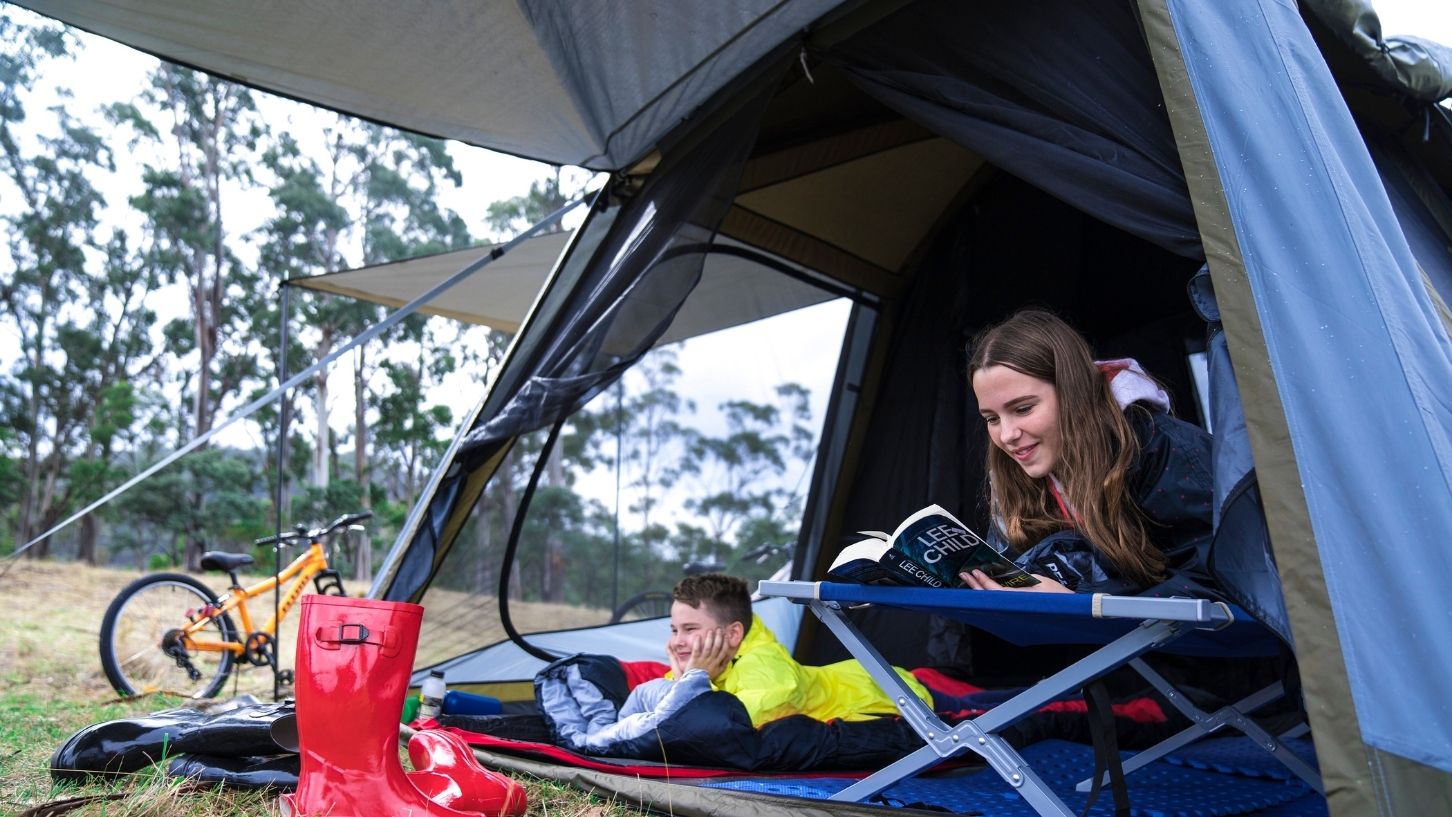
Sleeping mats are lightweight, versatile, compact and easy to set up. When considering a mat, make sure you look at the R-Value. A sleeping mat's R-Value is its ability to insulate a user from the ground, usually on a scale of 0-6. The higher the R-Value, the warmer it will be.
Fold-out beds and stretchers are the choice of many campers but, because they're higher off the ground, this can allow cold air to circulate under the bed, which means you're likely to be colder. If a fold-out bed is your preference, you'll need to consider insulation, like a mat or blanket, to keep the cold air from getting to your skin at night.
Like fold-out beds, air mattresses traditionally don't offer much in the way of insulation, so you can end up feeling colder in the middle of the night. Again, insulating your mattress with a mat or blanket on the ground and on the insulated mat mattress' contact points - not to mention a sleeping bag with the right comfort rating - will play an important role in keeping you warm.
And there you have it, some of the best ways on how to stay warm when winter camping in Australia. The weather outside might be cold, windy and damp - but don't let that stop you from getting out and about, and into the wilds. Head over to our camping and hiking section for more great tips and helpful information to ensure your winter camping experience is one to remember.